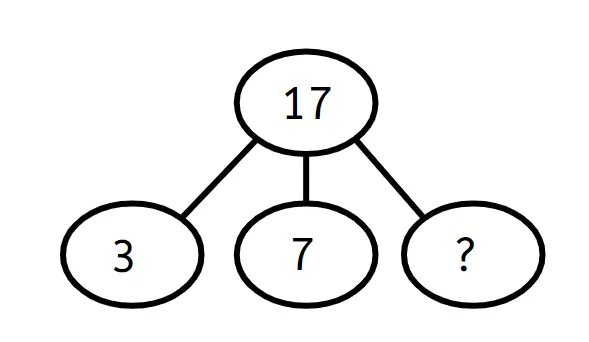Myths about teaching can hold you back
- Year 1
Solve subtraction problems using knowledge of 10 and a bit
I can solve subtraction problems using knowledge of 10 and a bit in different contexts.
- Year 1
Solve subtraction problems using knowledge of 10 and a bit
I can solve subtraction problems using knowledge of 10 and a bit in different contexts.
These resources will be removed by end of Summer Term 2025.
Switch to our new teaching resources now - designed by teachers and leading subject experts, and tested in classrooms.
These resources were created for remote use during the pandemic and are not designed for classroom teaching.
Lesson details
Key learning points
- The teens numbers can be represented as ten and a bit.
- We can solve addition and subtraction problems with the ones part or tens part missing.
- A part-part whole model can help to represent the missing whole or missing parts.
Keywords
Partition - The act of splitting an object or value down into smaller parts.
Whole - All of a group or number.
Part - A piece or section of the whole.
Common misconception
Pupils do not connect a known partition of a teen number e.g. 16 is 1 ten and 6 ones to a subtraction or addition context and therefore use a less efficient strategy.
Practical experiences using a group of 10 and ones are key to supporting understanding that the partitioning structure can work for different contexts.
To help you plan your year 1 maths lesson on: Solve subtraction problems using knowledge of 10 and a bit, download all teaching resources for free and adapt to suit your pupils' needs...
To help you plan your year 1 maths lesson on: Solve subtraction problems using knowledge of 10 and a bit, download all teaching resources for free and adapt to suit your pupils' needs.
The starter quiz will activate and check your pupils' prior knowledge, with versions available both with and without answers in PDF format.
We use learning cycles to break down learning into key concepts or ideas linked to the learning outcome. Each learning cycle features explanations with checks for understanding and practice tasks with feedback. All of this is found in our slide decks, ready for you to download and edit. The practice tasks are also available as printable worksheets and some lessons have additional materials with extra material you might need for teaching the lesson.
The assessment exit quiz will test your pupils' understanding of the key learning points.
Our video is a tool for planning, showing how other teachers might teach the lesson, offering helpful tips, modelled explanations and inspiration for your own delivery in the classroom. Plus, you can set it as homework or revision for pupils and keep their learning on track by sharing an online pupil version of this lesson.
Explore more key stage 1 maths lessons from the Composition of numbers 11 to 19 unit, dive into the full primary maths curriculum, or learn more about lesson planning.

Licence
Prior knowledge starter quiz
6 Questions
Q1.What is the missing whole?

Q2.What is the missing part?
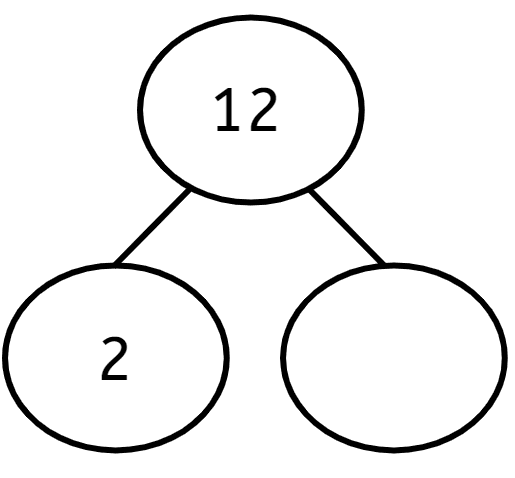
Q3.Which equation matches the part-part-whole model?
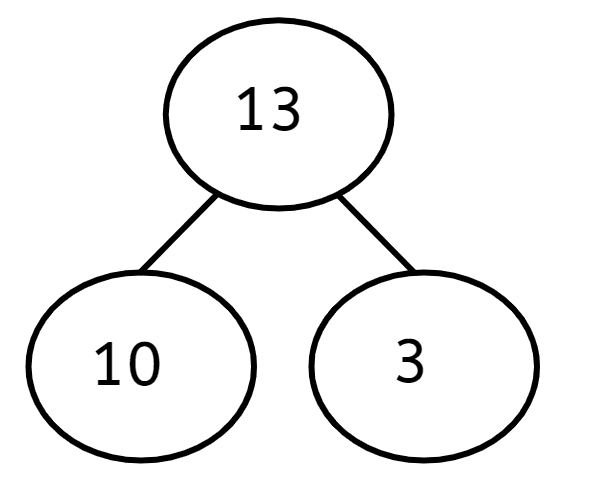
Q4.Jacob is going to hop 9 times. He has already hopped 5 times. How many more hops does he need to do?
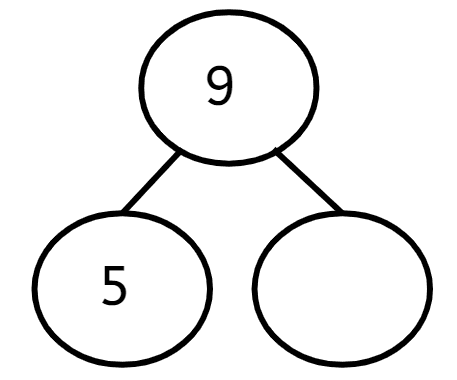
Q5.Izzy is going to jump 10 times across the playground. She has jumped 6 times. How many more jumps does she need to do?
Q6.What is the missing part in the part-part-whole model?
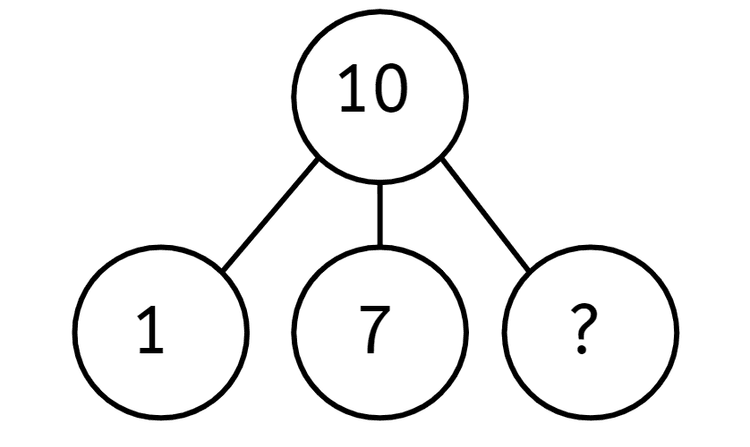
Assessment exit quiz
6 Questions
Q1.Jacob and Laura have collected 13 sticks at the park.
Laura has 3 sticks. Jacob has dropped his sticks. How many did he drop?
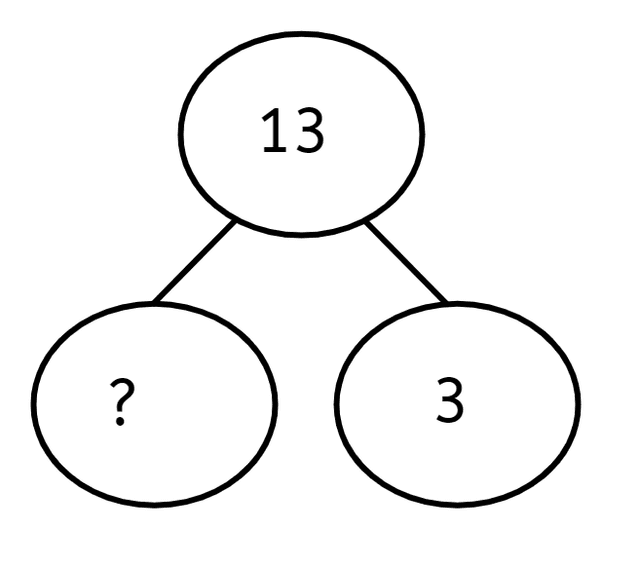
Q2.Which part-part-whole model matches this problem? Jacob collected some stones. He collected 15 stones but lost 5 of them. How many did he have left?
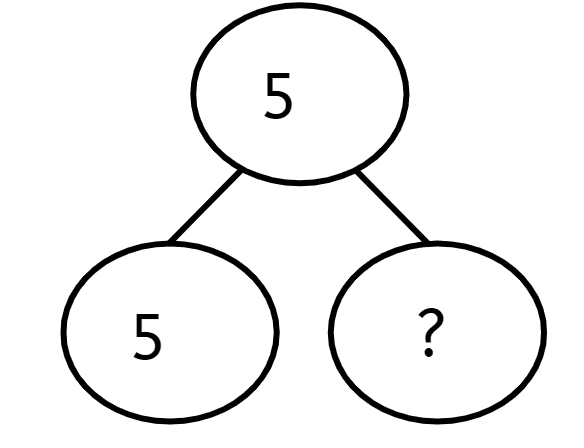
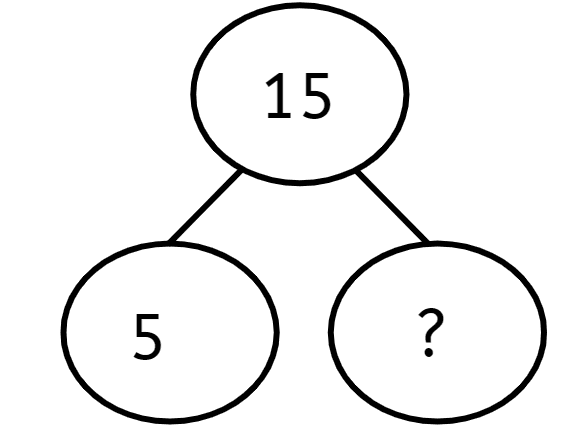
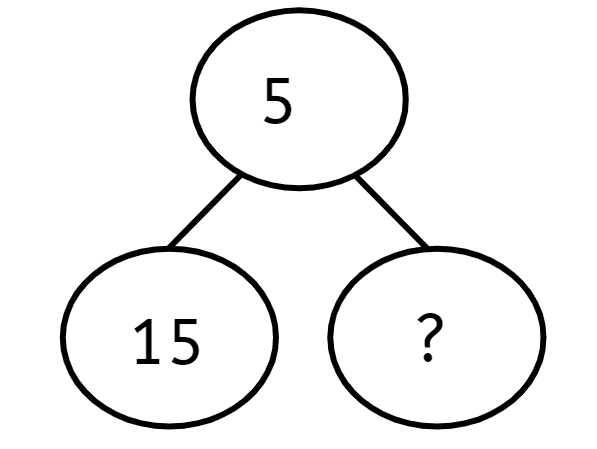
Q3.Which of these equations can be represented by this bar model?

Q4.Jacob and Laura collected 19 stones.
10 are brown and the rest are grey. How many are grey?
Which equation matches this problem?
Q5.Jacob had some cubes. Laura took 8 and he has 10 left.
How many cubes did he have at the start? Which equation with a missing number correctly matches this problem?
Q6.Laura has red, blue and yellow marbles. There are 17 marbles in total. 3 marbles are red and 7 marbles are blue. How many are yellow?
